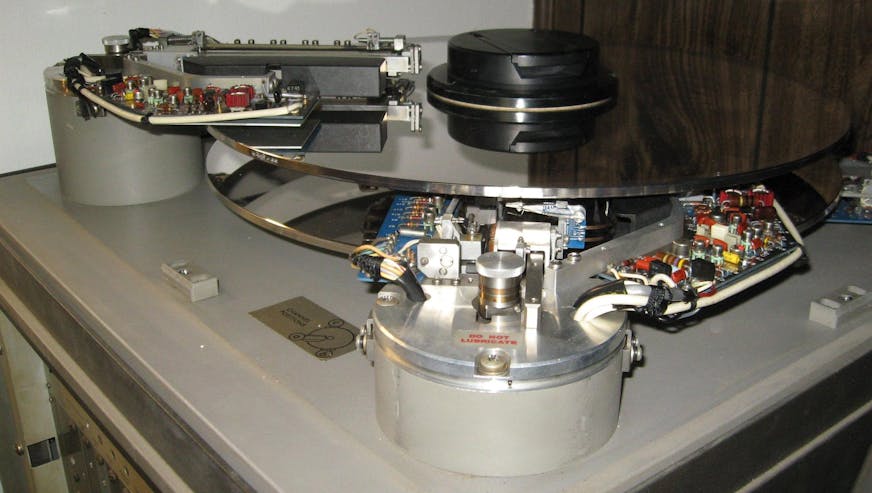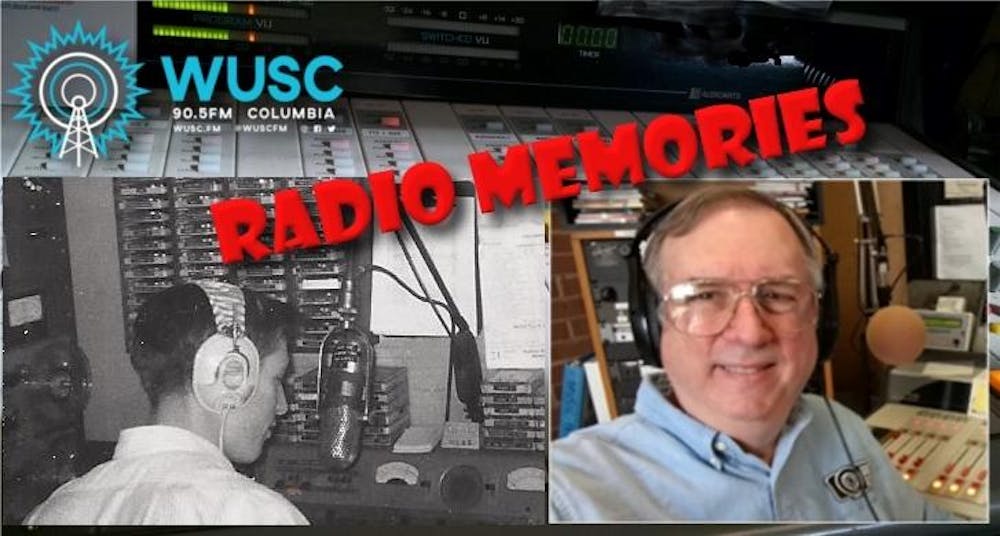Other TV Remotes
From 1976 through 1985 I joined what is called a “Pick-Up Crew” in the business. A Pick-Up crew was a loose group of TV professionals who were hired by the networks to televise mainly sporting events around the country instead of using network crews who were generally tied up with other duties. Most of the time, these Pick-Up Crews worked over the weekends unless we were staffing bigger, week-long events. Toby Jenkins ran one of the most in-demand crews in the Southeast and through that crew I had a chance to work for the big four, NBC, CBS, ABC and the fledgling ESPN which came along on in 1979.
One of the funniest/not funny at the time incidents was a remote for an unnamed Major Television Network. You will understand why I am not naming the network as you read about our Saturday. We arrived at a Bowling Alley in Spartanburg to do a live national telecast of a bowling tournament starting at 3 PM that day. I was running video and that meant that I was helping the camera operators with setting up the cameras in the places they needed to be. One of the networks production assistants arrived at the same time we did and laid out the camera positions and we pulled the cables in and were setting up the cameras when the assistant director arrived. He told us that we had the cameras in the wrong places and we needed to move them to their correct positions. We had just completed that task and were again setting up the cameras when the director arrived and announced that the cameras belonged in the places that were outlined by the production assistant and that the assistant director was wrong. I can tell you that there was a lot of grumbling and outright cussing that afternoon and that we turned down jobs from that network for a couple of years afterwards.
Rockingham Speedway is just across the North Carolina – South Carolina state line. We arrived early one Saturday for an afternoon race that I’ll always remember as my first time running audio for an automobile race and learning a valuable lesson the hard way. I had microphones on each camera, one outside of pit row for post race interviews and at every turn plus two microphones set up as crowd noise at the press box and finally two headset microphones for the play by play and the color announcers. During the practice runs, when the stock car engines were at their loudest, the camera crew asked if I needed attenuators on the microphones. I looked at the settings on the audio board which were handling the engine noise at mid range between full volume and cut off, and said, that we were good without them. My first mistake was assuming that they were talking about electrical attenuators that would be placed in the microphone lines. Instead they were mechanical attenuators placed around the microphones themselves to muffle the sound before it reached the microphone. The second mistake was thinking that the high noise level during the practice runs was as loud as a race track could be. That was VERY wrong. I wound up running the microphones during the race very near their low cut off level all the while cussing the sound of the microphone elements hitting the frames of their housings. I NEVER made that mistake again.
I held various crew positions for baseball, golf, basketball games and some football over that period. One of the most unusual positions was that of Slo-Mo/Instant Replay operator. Back in the day these functions were managed by an Ampex HS-100 “Slo-Mo” Disk Recorder, a strange device that consisted of two 12” disks rotating at, according to a NYU web site1

"Ampex [created a] spinning a metal disc at 1800 [rotations per minute] with a series of recording heads moving across the platter, making 30 video tracks per second, to record 30 seconds of normal motion. Each track held one video frame. If the heads were slowed down, less than 30 tracks were played back at 1800 RPM, creating the slow motion effect. If the heads were stopped as the platter continued to spin at 1800 rpm, a freeze frame was created"
The unit itself was quite large. According to the Museum of Applied Arts & Sciences Australia, "the disc recorder consists of four separate units, including a control panel with primary controls and seconds timer, a fine control unit for recording and playback, a control unit for amplifying and power regulation equipment and the video disc player itself." Interestingly, because the HS-100 stored video on analog discs, slow motion replay was produced by hand — one simply had to move the head slower than 30 RPM in order to play the footage back in slow motion.

This is what I used to control the instant replays/still shots. What I will add to this description was that it really messed with the operator’s sense of time. Baseball, football, tennis and golf were easy. Basketball, soccer and hockey, due to their nonstop action were much more difficult. With today’s digital technology and the ability to have a whole section of instant replay operators, one associated with nearly each camera, instant replays are easier and much better than our early feeble efforts.
My favorite remotes of all was the World Invitational Tennis Classic for ABC at Sea Pines’ Racquet Club on Hilton Head Island, South Carolina. We’d spend a week taping the singles, doubles and mixed doubles matches plated one in the morning and one on the afternoon from Monday through Saturday in the early fall, and ABC would play them back on Saturdays throughout the spring the following year. I really liked our announce staff, Arthur Ashe, Billie Jean King, Chris Evert and Dick Enberg, and it was fun watching Ilie Năstase and Martina Navratilova play at the peak of their games. And yes, they were all as colorful in real life as their reputations.

A true story; during a singles match, Ilie Năstase actually spat at Skeeter, one of our portable camera operators as he moved to get a shot of Ilie’s famous serve. The next day, Skeeter and I were messing around during lunch break on center court as Ilie passed by with an armful of rackets. He shook his head as he spotted our woeful efforts and then came over and tried to teach us how to “properly serve a tennis ball.” Skeeter got the hang of it but my one and only tennis lesson was a total bust.

I was born in a great Radio Town; Jacksonville Florida. So it was only natural that I joined WUSC (AM at the time) in my first semester 1963. I went on to a career in commercial radio and television in Columbia, WCOS AM & FM, WIS-TV, WIS Radio, SCETV and PBS. I'm retired now, giving back since 2010 to the station that started my career, WUSC-FM. If you did the math you will know that I celebrated the 60th anniversary of my first radio show ever in November 2023.

